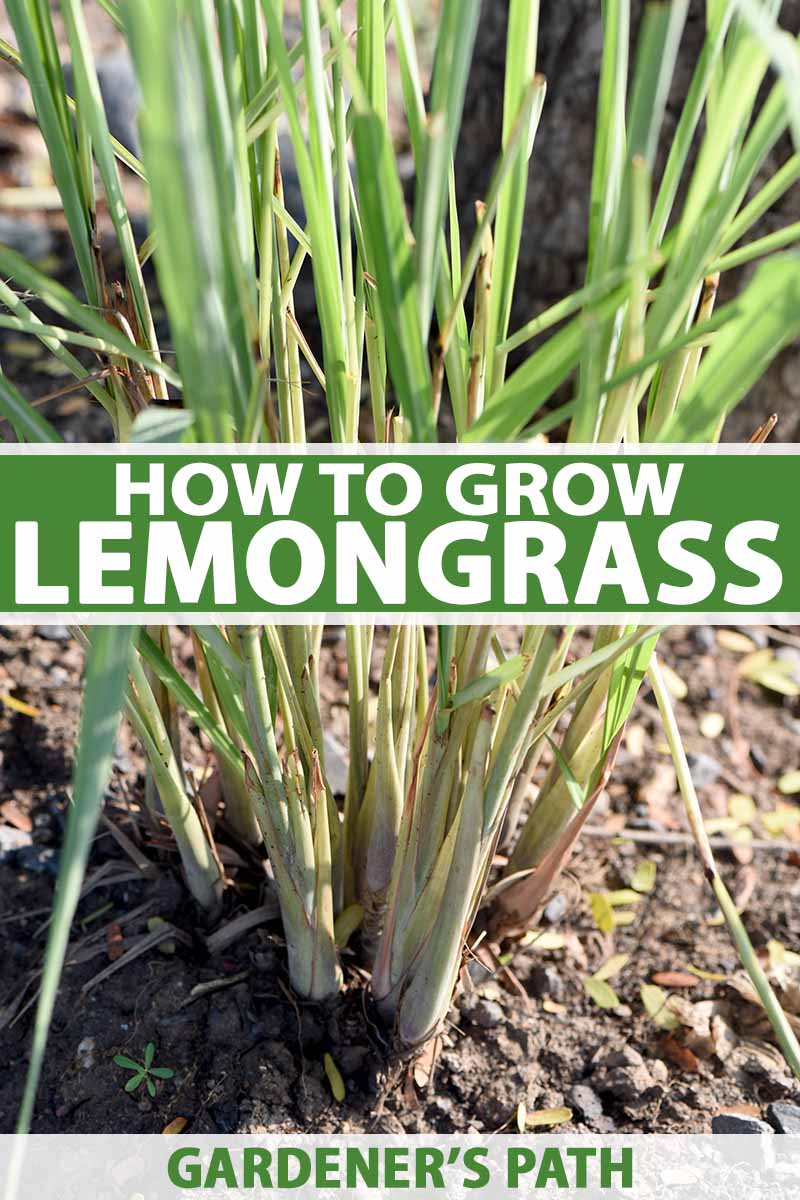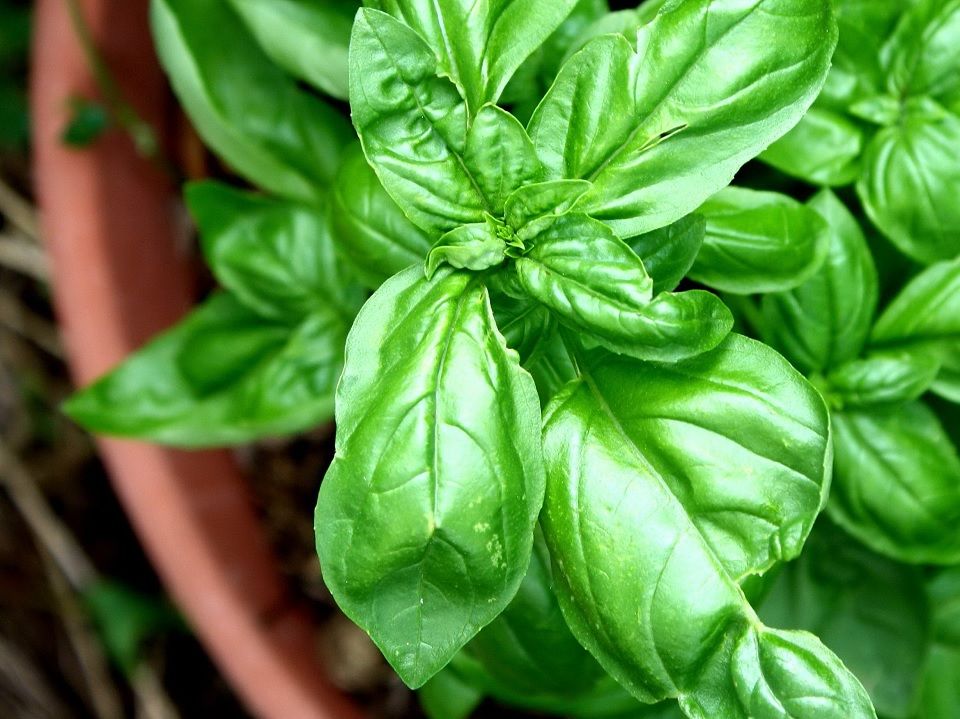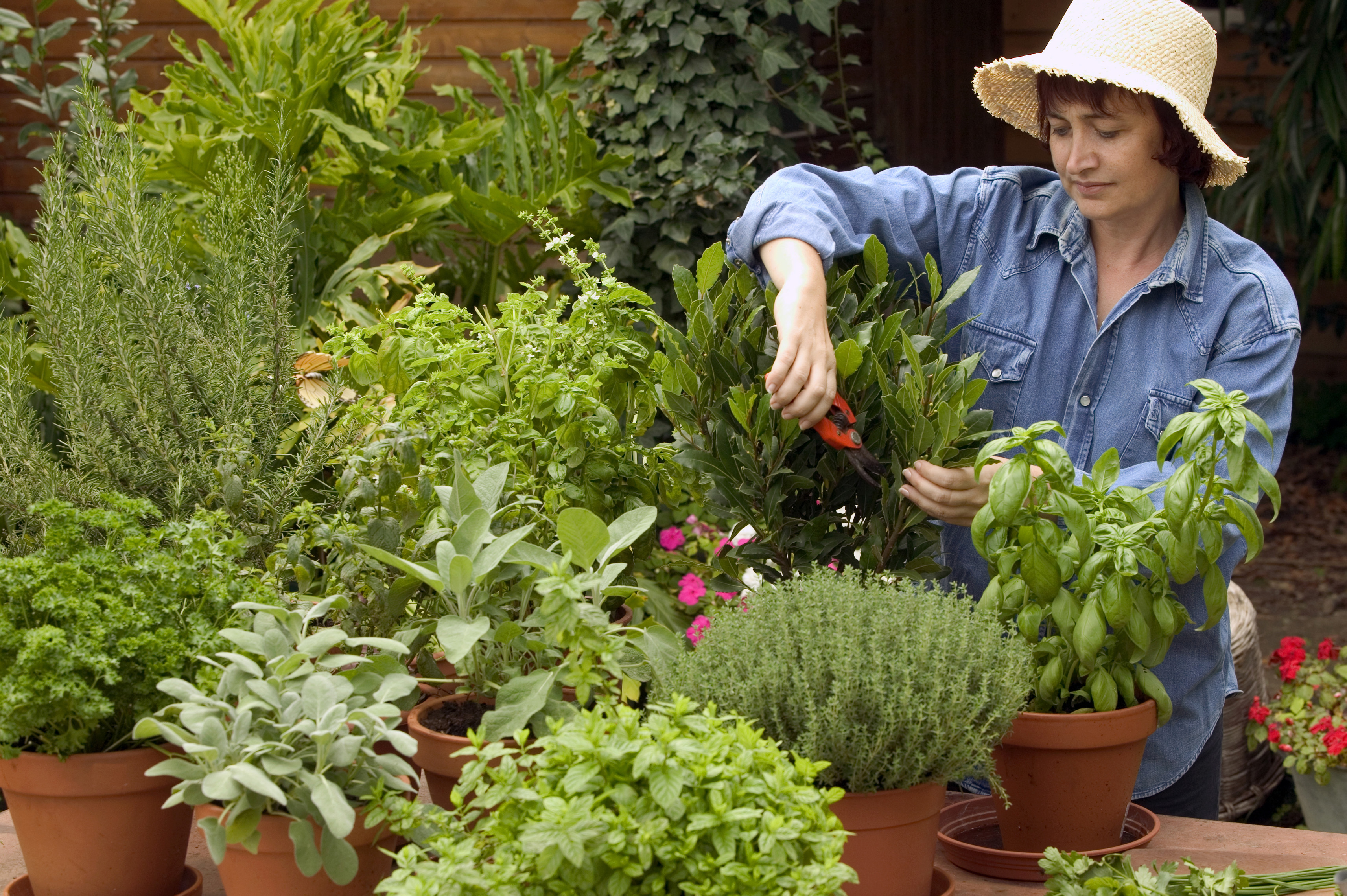Vietnamese Mint Companion Planting: The Ultimate Guide To Growing Your Favorite Herb
Vietnamese Mint Companion Planting: The Ultimate Guide to Growing Your Favorite Herb
Vietnamese mint, also known as laksa leaf or rau ram, is a popular herb in Southeast Asian cuisine. It has a minty, peppery flavor that is often used in soups, salads, and stir-fries. Vietnamese mint is also a beautiful plant, with its dark green leaves and purple stems.
If you are growing Vietnamese mint in your garden, it is important to consider companion planting. Companion planting is the practice of planting certain plants together to benefit each other. There are a number of plants that can be good companions for Vietnamese mint, including:
- Oregano and marigolds: These plants help to deter pests from Vietnamese mint.
- Carrots: Vietnamese mint can help to repel carrot flies.
- Cabbage, cauliflower, and kale: These plants benefit from the insect-repelling properties of Vietnamese mint.
- Tomatoes and eggplants: Vietnamese mint can help to improve the flavor of tomatoes and eggplants.
- Peas and beans: Vietnamese mint can help to improve the yield of peas and beans.
In addition to these plants, there are a few plants that should not be planted near Vietnamese mint. These include:
- Basil: Basil and Vietnamese mint compete for the same nutrients, so they should not be planted together.
- Rhubarb: Rhubarb can inhibit the growth of Vietnamese mint.
When companion planting Vietnamese mint, it is important to keep in mind the size and growth habit of the plants. Vietnamese mint is a spreading plant, so it is best to plant it with other spreading plants, such as oregano or marigolds. It is also important to plant Vietnamese mint in a sunny location with well-drained soil.
With a little care and attention, you can easily grow Vietnamese mint in your garden. By companion planting with the right plants, you can help to ensure that your Vietnamese mint thrives.
[MAIN CONTENT]
Benefits of Companion Planting with Vietnamese Mint
There are a number of benefits to companion planting with Vietnamese mint. These include:
- Improved plant health: Companion plants can help to deter pests and diseases, which can improve the overall health of your plants.
- Increased yields: Companion plants can help to improve the yield of your crops. For example, Vietnamese mint can help to improve the yield of tomatoes and eggplants.
- Enhanced flavor: Companion plants can enhance the flavor of your crops. For example, Vietnamese mint can help to improve the flavor of soups and salads.
- Attraction of pollinators: Companion plants can attract pollinators, which can help to pollinate your crops and increase yields.
How to Companion Plant with Vietnamese Mint
When companion planting with Vietnamese mint, it is important to keep a few things in mind. First, you need to choose the right companion plants. Some good companion plants for Vietnamese mint include oregano, marigolds, carrots, cabbage, cauliflower, kale, tomatoes, eggplants, peas, and beans.
Second, you need to plant the companion plants in the right location. Vietnamese mint is a spreading plant, so it is best to plant it with other spreading plants. It is also important to plant Vietnamese mint in a sunny location with well-drained soil.
Finally, you need to care for the companion plants properly. This includes watering, fertilizing, and weeding. By following these tips, you can successfully companion plant with Vietnamese mint and enjoy the benefits of this versatile herb.
A Few More Tips for Companion Planting with Vietnamese Mint
- Plant Vietnamese mint with other herbs: Vietnamese mint can be a great companion for other herbs, such as basil, cilantro, and parsley. These herbs can help to deter pests and diseases, and they can also enhance the flavor of each other's dishes.
- Use Vietnamese mint as a border plant: Vietnamese mint is a beautiful plant, so it can be used as a border plant in your garden. It will help to deter pests and diseases, and it will also add a touch of color to your garden.
- Grow Vietnamese mint in containers: If you don't have a lot of space, you can grow Vietnamese mint in containers. This is a great way to enjoy the benefits of this herb without having to worry about it taking over your garden.
[CONCLUSION]
Vietnamese mint is a versatile and delicious herb that can be enjoyed in a variety of dishes. By companion planting with Vietnamese mint, you can help to improve the health, yield, and flavor of your plants. With a little care and attention, you can easily grow Vietnamese mint in your garden and enjoy the benefits of this amazing herb.
Vietnamese mint is a delicious and versatile herb that can be used in a variety of dishes. It is also relatively easy to grow, but it can be helpful to know which plants to companion plant with it.
Some good companion plants for Vietnamese mint include:
- Basil: Basil and Vietnamese mint have similar flavors, so they complement each other well. They can be planted together in a garden or container.
- Coriander: Coriander and Vietnamese mint have a similar citrusy flavor, so they also make good companion plants.
- Lettuce: Lettuce helps to suppress weeds and provide shade for Vietnamese mint.
- Tomatoes: Tomatoes and Vietnamese mint help to repel pests from each other.
If you are looking for more information about Vietnamese mint companion planting, I recommend visiting Gardenia Inspiration. This website has a wealth of information on the topic, including a list of recommended companion plants, tips on how to plant and care for Vietnamese mint, and recipes that feature the herb.
FAQ of vietnamese mint companion planting
Question 1: What are some good companion plants for Vietnamese mint?
Answer: Vietnamese mint is a versatile herb that can be paired with a variety of other plants. Some good companion plants include:
- Lemongrass: Lemongrass is another Asian herb that thrives in moist soils. It has a similar flavor profile to Vietnamese mint, and the two plants can be used together in many dishes.
- Ginger: Ginger is a flavorful rhizome that complements Asian cuisine. It can be planted near Vietnamese mint to help deter pests and attract beneficial insects.
- Coriander: Coriander is a delicious herb that's easy to grow from seed. It has a similar flavor profile to Vietnamese mint, and the two plants can be used together in many dishes.
- Basil: Basil is a popular herb that can be grown in full sun or partial shade. It is a good companion plant for Vietnamese mint because it helps to repel pests.
- Squash: Squash plants can benefit from the shade of Vietnamese mint plants. Vietnamese mint can also help to deter pests from squash plants.
Question 2: What are some plants that should not be planted near Vietnamese mint?
Answer: There are a few plants that should not be planted near Vietnamese mint, as they can compete for resources or be susceptible to the same pests and diseases. These plants include:
- Other mints: Vietnamese mint is a member of the mint family, and other mints can cross-pollinate, resulting in a loss of flavor in the Vietnamese mint plants.
- Carrots: Carrots are susceptible to a soil-borne fungus called verticillium wilt, which can also infect Vietnamese mint plants.
- Tomatoes: Tomatoes are susceptible to a soil-borne fungus called fusarium wilt, which can also infect Vietnamese mint plants.
Question 3: How far apart should Vietnamese mint plants be planted?
Answer: Vietnamese mint plants should be planted about 12-18 inches apart. This will give them enough room to grow and spread without crowding each other out.
Question 4: How much sun does Vietnamese mint need?
Answer: Vietnamese mint can tolerate full sun or partial shade. However, it will produce more leaves in full sun.
Question 5: How often should Vietnamese mint be watered?
Answer: Vietnamese mint needs to be watered regularly, especially during hot, dry weather. The soil should be kept moist, but not soggy.
Image of vietnamese mint companion planting
- Image 1: A bed of Vietnamese mint surrounded by other herbs, including lemongrass, ginger, and cilantro.

- Image 2: A pot of Vietnamese mint with tomatoes and cucumbers growing underneath.

- Image 3: A row of Vietnamese mint plants with marigolds and sunflowers growing in between.

- Image 4: A patch of Vietnamese mint with basil and oregano growing nearby.

- Image 5: A container garden with Vietnamese mint, chives, and lavender.

Post a Comment for "Vietnamese Mint Companion Planting: The Ultimate Guide To Growing Your Favorite Herb"